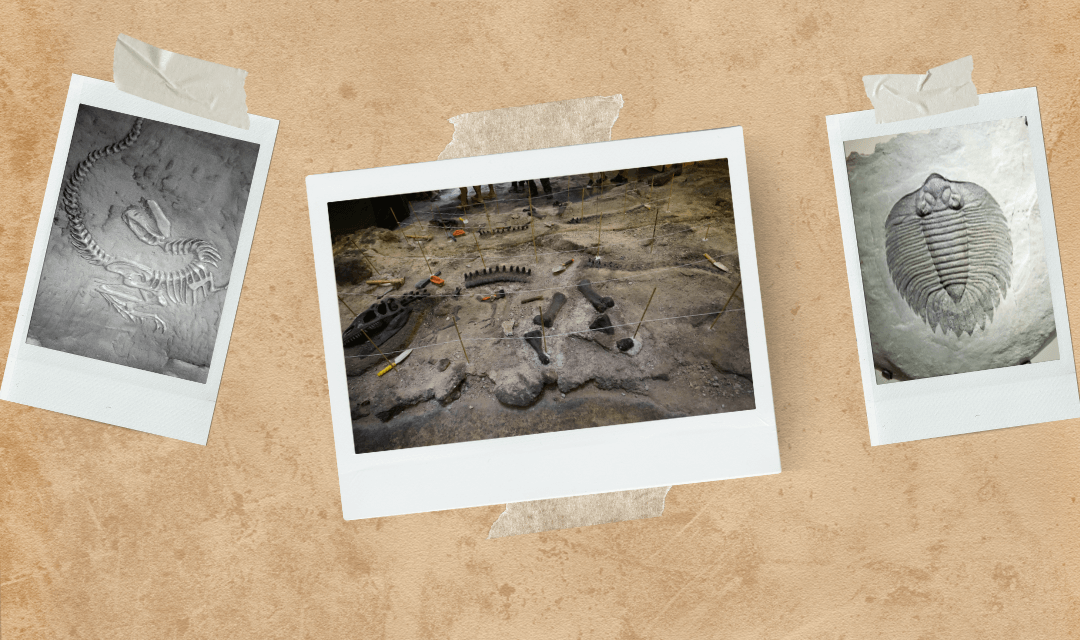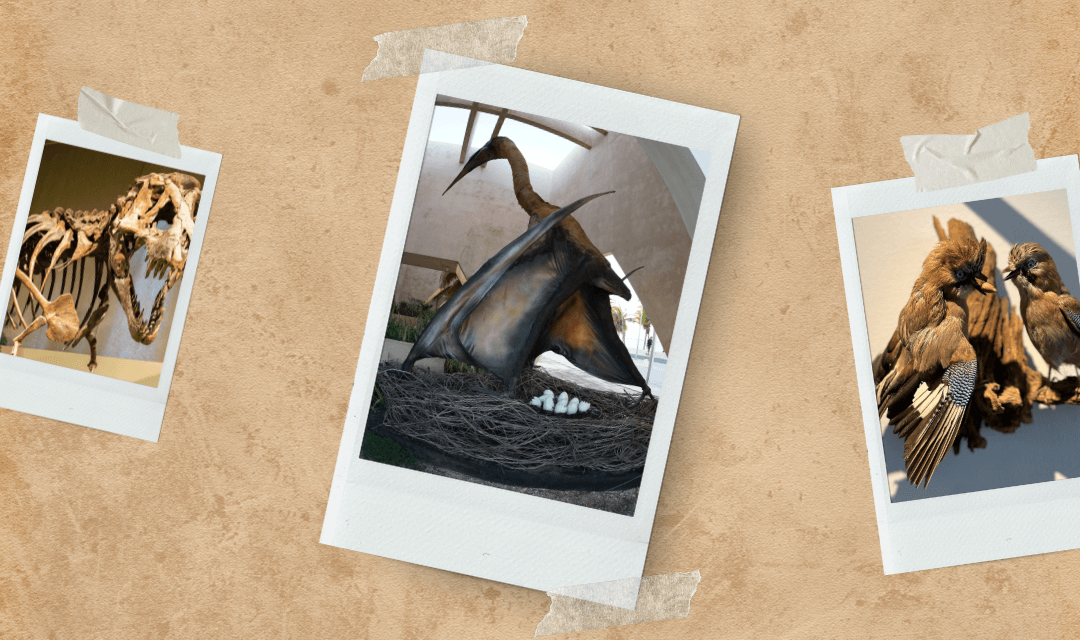Horses of today and of the past
August 27, 2023
Fosils that tell a story.
Did you know that horses existed in America thousands of years before the arrival of the europeans?
During the Ice Age, 10 thousand years ago, horses lived in what is today the Yucatan Peninsula. Their fossil bones have been found in cenotes the riviera Maya. During this age, a species of horse lived in what is now the Yucatan Peninsula, the Mexican horse Equus conversidens, the species existed for 2 million years and became extinct 8 thousand years ago. Its fossil remains have been found in cenotes in Tulum and Puerto Morelos area.
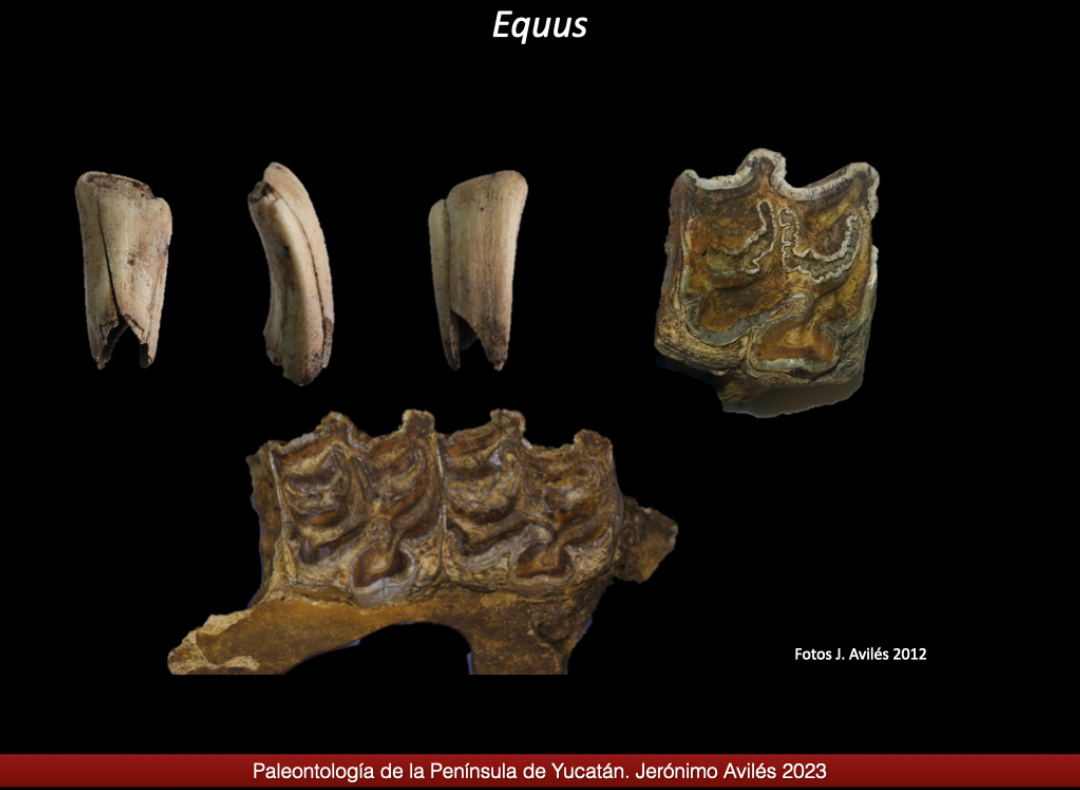
According to the world's fossil record, the oldest ancestors of horses originate from North America, their fossils date back more than 50 million years and were found in New Mexico and unlike the current ones, they were very small and had three toes instead of just one (hoof). They are herbivorous animals and their paleontology is very interesting because they became extinct in their place of origin (America) 8,000 years ago and were reintroduced 500 years ago from Europe.
Primitive horses migrated to the Old World from America through the Bering Strait when the sea level was lowest 20 million years ago and there they evolved into the horses, zebras and donkeys throughout the world.
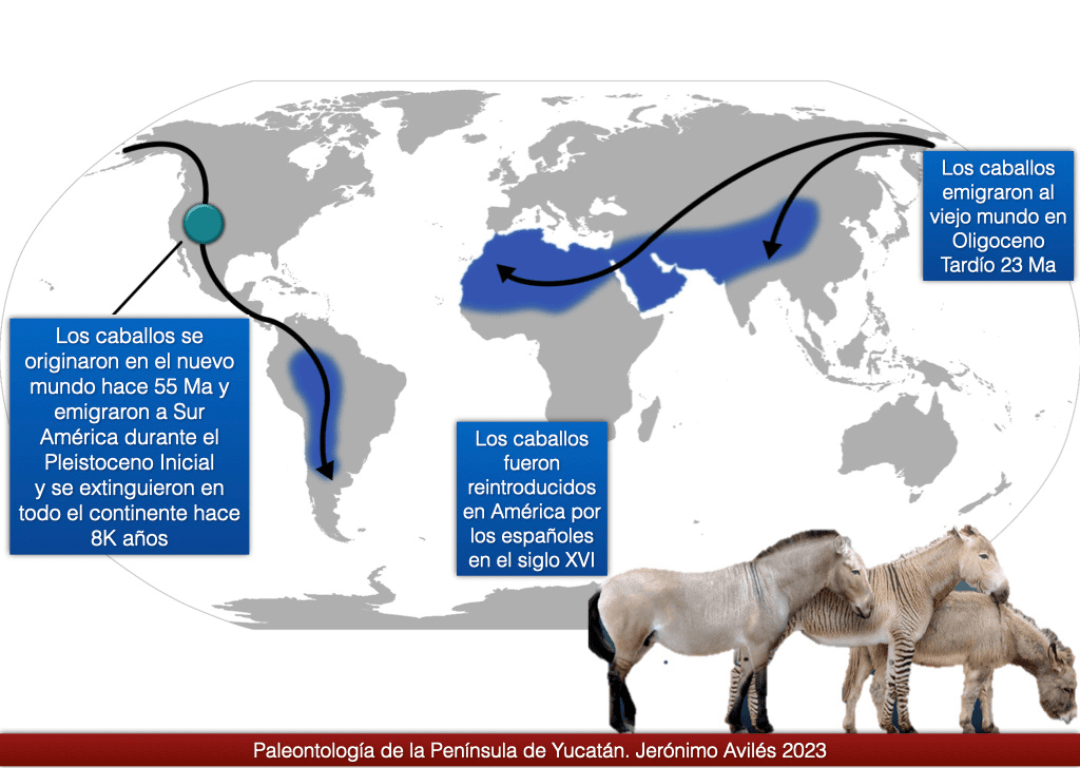
The first horses were the size of a dog and had 3 toes, it took them millions of years and transitional species to lose the use of their fingers and change into hooves, or rather, only one functional toe because the other two are there only that they are vestigial, it means that they no longer work and they are very small. These changes in the structure of the horses feet is one of the best examples of the evolution of the species and explains how life needs to adapt to the conditions that are presented and how some species become extinct and give way to new ones over deep time.
Horses are herbivorous mammals and belong to the perissodactyls (odd toes).
WARRANT.
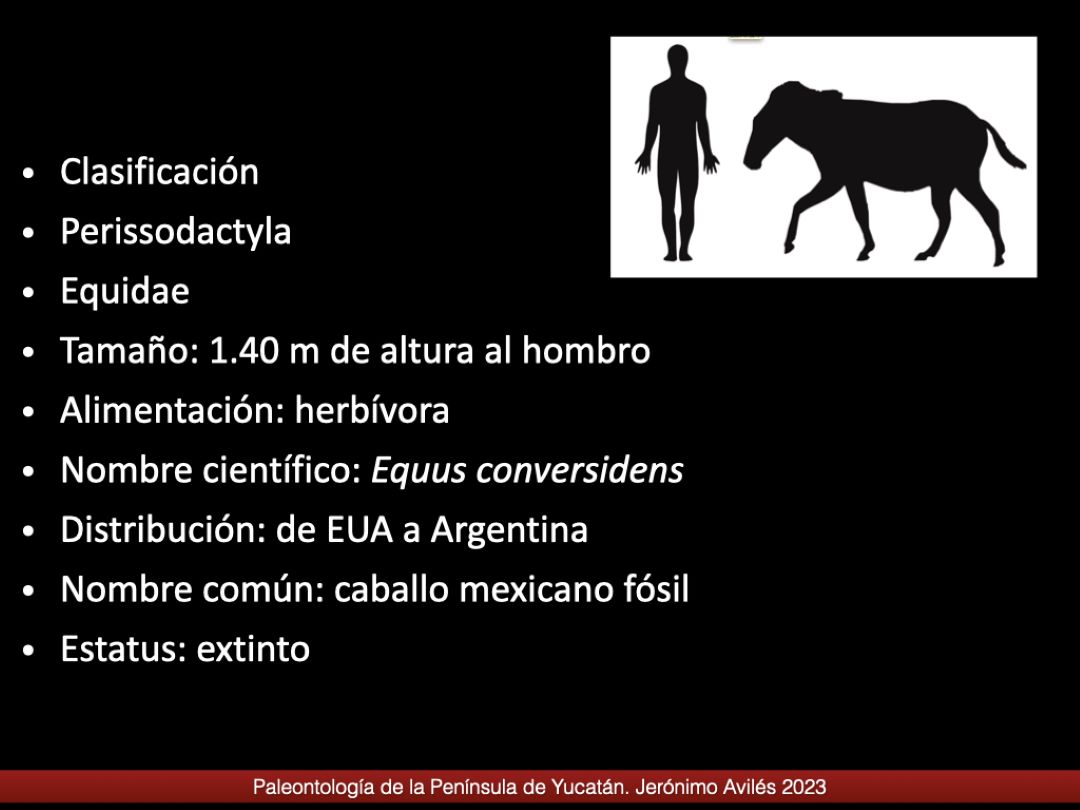
Ice Age horse (extinct)
Common name: mexican horse.
Scientific name: Equus conversidens
Herbivore (plant eater)
Existed in America since 2 million years ago and became extinct 8 thousand years ago.
Today’s horse.
Common name: horse.
Scientific name: Equus ferus
Herbivore (plant eater)
Native to Eurasia, this species have existed since 5 million years ago.

Espeleólogo subacuático, investigador, autor de artículos científicos, descubridor de las campanas d...
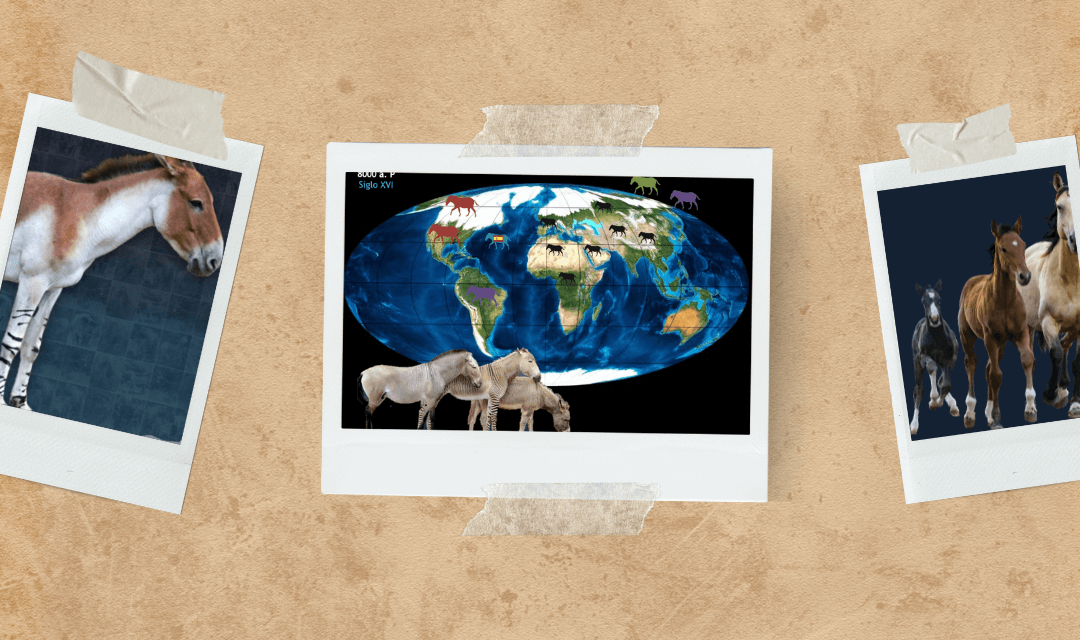
Posts Relacionados
Grupo Xcaret
Hotels
